AO Edited
Unit 731 Museum
An impactful museum ensures notorious war crimes disguised as "medical experimentation" won't soon be forgotten.
Unit 731 was a covert biological and chemical warfare research and development wing of the Imperial Japanese Army that undertook lethal human experimentation during the Second Sino-Japanese War (1937–1945) and World War II. Commanded by General Shiro Ishii, an officer in the Kwantung Army, the exact number of men, women, and children who died within its walls remain unknown, but conservative estimates place it around the several thousand mark.
In the decades since, what has come to be understood is that every single one of Unit 731’s prisoners of war – the vast majority of whom were Chinese – died while being held at this camp in Pingfang, just outside the city of Harbin. Almost all these deaths were in horrific fashion. Prisoners were alternately infected or bombarded with the plague, anthrax, and other highly infectious diseases. They were then vivisected without anesthetic so that military scientists could explore the efficacy of their new weapons of biological warfare, all of which seen to have been explicitly designed to be in violation of the Geneva Convention.
Unit 731’s ugliness was long-lasting and global in scope. Many of the scientists involved in Unit 731 went on to prominent careers in post-war politics, academia, business, and medicine, while documents show the United States Army helped keep the matter of this human experimentation quiet in exchange for being let in on the “data” Japan’s scientists collected.
Today, a museum inside the remnants of Unit 731 exists to memorialize the loss of life and humanity that took place within its walls. Visitors to the museum follow a strategic path that winds among bungalows, the guards’ building, and sheds once used for breeding rats as they follow the development of Japan’s chemical warfare program from the beginning to its most heart-wrenching conclusions.
The tour’s major stops consist of a major crime exhibition hall and a handful of sites scattered among various buildings across the former military encampment. Room Nine’s medical instruments display is downright chilling due to the array of test tubes, needles, saws, and coat rack vivisection hooks used to hang “human viscera.” Along the edge of a weed-strewn field out back, a smokestack remains from a large incinerator once used to burn the deceased.
The most moving aspect of the museum is within the crime exhibition hall, where the walls are lined with hundreds of moving photos and firsthand testimonies of those brave guards who first broke their long-held silence. Many of these same individuals broke rank years after the war in order to provide crucial information that brought to light the atrocities committed by Unit 731. This very human portrayal of a time and place creates an experience that stirs the depths of its viewer’s soul and returns it to the surface, right where it belongs.
Know Before You Go
Located about an hour from the centre of Harbin, take bus no 338 or 343 (fare costs ¥2.50) from the western part of the train station, at Kunlun Hotel to Xinjiang Dajie, where it is a ten minute walk from the stop. Taxi from central Harbin to the museum costs around ¥100.
Take metro line 1 to Xinjiang Street (southernmost stop). Take exit 2, turn back on yourself and then turn left. The museum is a five-minute walk.


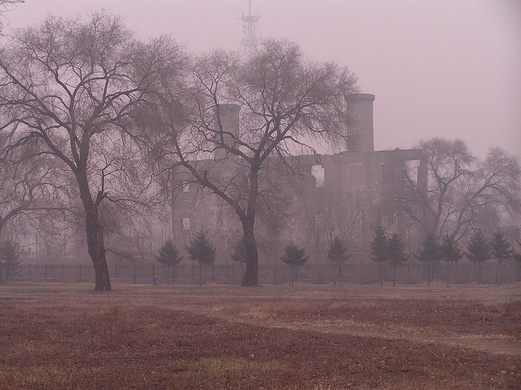
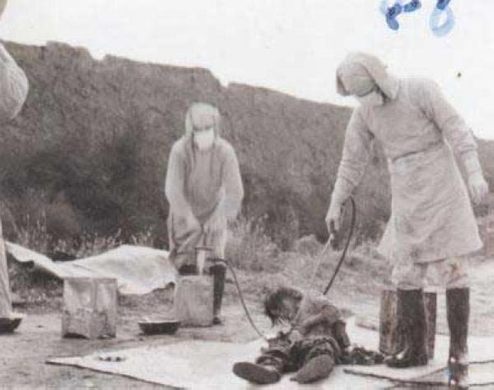







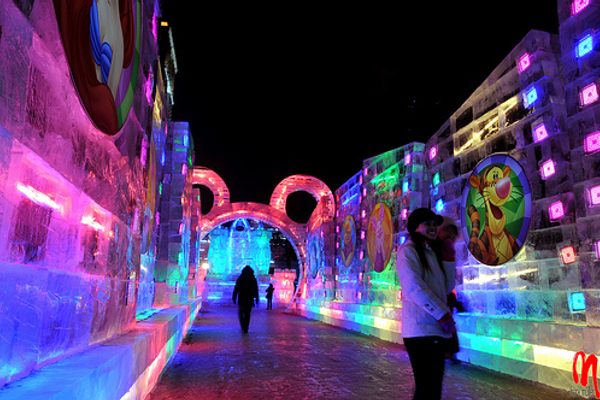

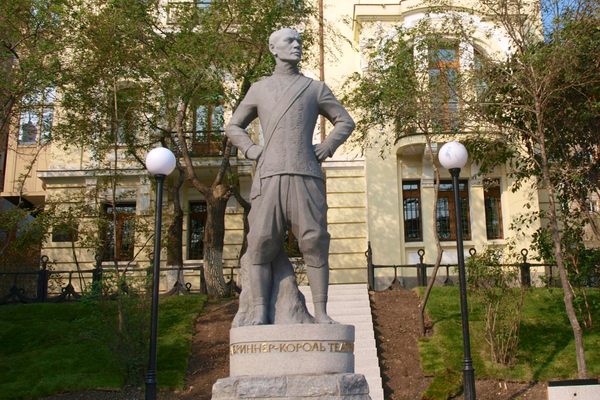

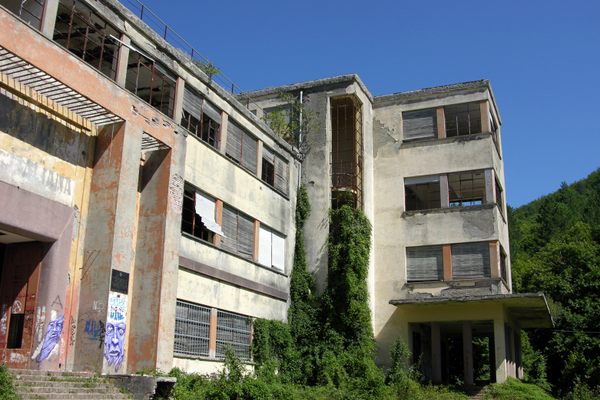
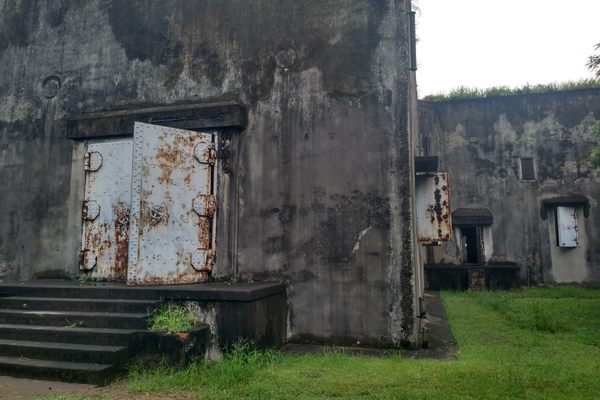



Follow us on Twitter to get the latest on the world's hidden wonders.
Like us on Facebook to get the latest on the world's hidden wonders.
Follow us on Twitter Like us on Facebook